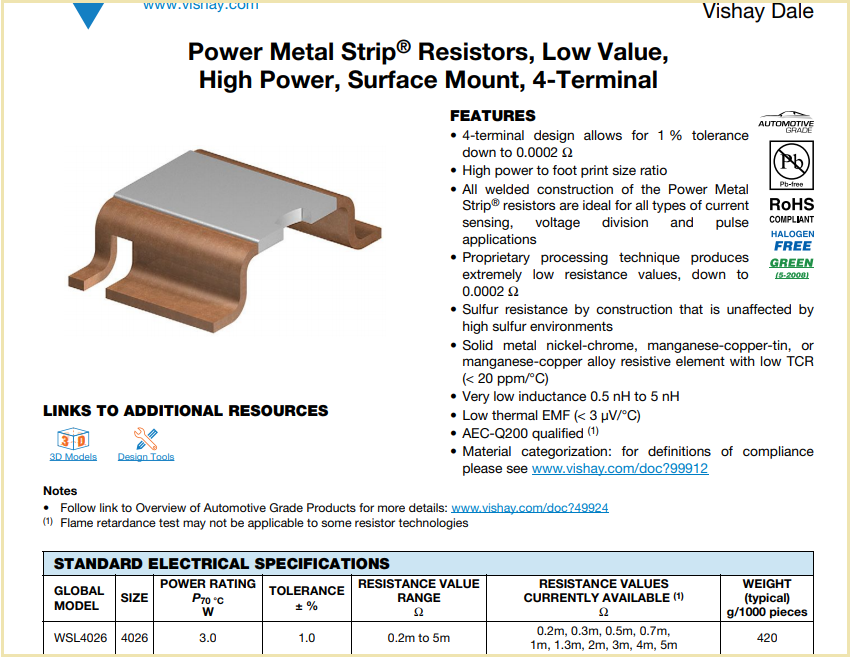Hello Sir/Ma'am,We have built the prototype circuit of the INA185A3IDRLR current sense amplifier on the general-purpose board for our design testing & validation.We design this circuit to work in low side sensing configuratiion according to that we built our test setup & tested it on the different currents. And we observed some accuracy-related issue on the higher currents.Below mentioned is our setup specification.
- INA185A3IDRLR
- 1mohm current sense resistor.
- 3V3 input supply for the INA185A3IDRLR.
- Measured current range 1 to 20 Amp.
We connected this INA185A3IDRLR with a sense resistor in the low side configuration and measured the output of INA185.For lower current, it is observed that there is a small difference between the measured value & calculated value but as we go on increasing the current, difference between mesured & calcaluted values are increasing.Ex:
Sr.No Set current (A) Measured output voltage(V) Theoretically calculated output voltage(V) Difference(V) 1 1 0.105 0.100 0.005 2 17 1.811 1.700 0.111 We used "Imax X Rsense X gain < Vsp-Vref" formula for theoretical calculation.VSp is 3.3V & Vref is 0 is as we connected in the low side configuration.If we see these readings we observed that, for 17Amp it is giving me an error of around 1 Amp.For more detailed view, I am attaching our test setup block diagram and complete test readings on different currents.Please have look and let us know what we can do to improve the accuracy at higher currents.Attached file link: https://docs.google.com/spreadsheets/d/1vSt7PiauRU1KVm8xKQXUZvNtK9yW0JWu/edit?usp=sharing&ouid=109282488949124870315&rtpof=true&sd=trueThanks and Regards,Hrishikesh KambleAcevin Solutions
-
Ask a related question
What is a related question?A related question is a question created from another question. When the related question is created, it will be automatically linked to the original question.


